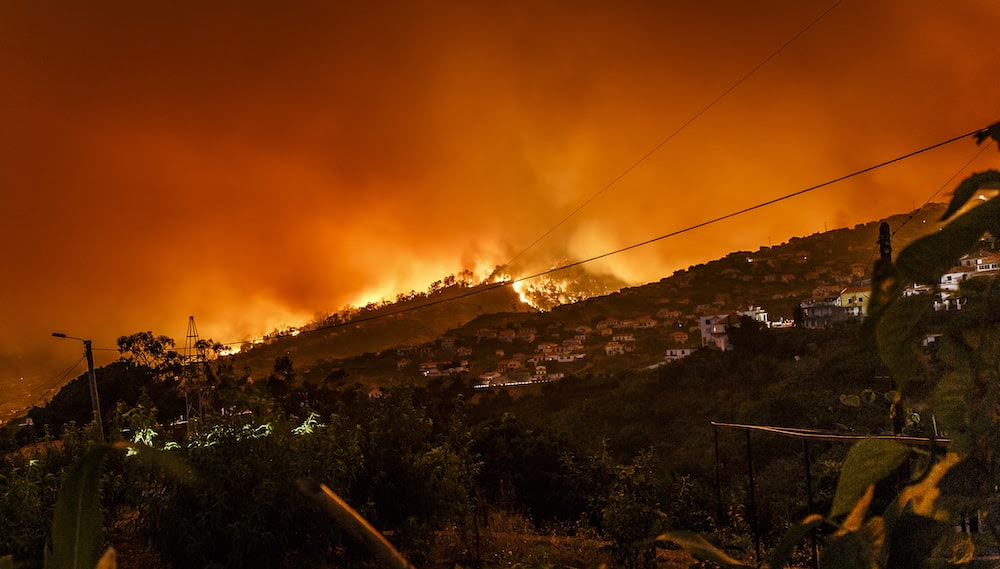
Over the past 20 years, huge forest fires have been multiplying at an alarming rate. From Oceania to California, and in Europe (Portugal, Spain), images of spectacular fires devouring forests and homes have hit the headlines in recent months. And this is just the beginning, warn UN Environment and GRID-Arendal.
The earth is not ready to cope with exceptional fires like those that ravaged Australia over the period 2019-2020, extreme episodes fuelled by global warming whose number is set to increase by the end of the century, warns the UN in a report published on Wednesday, February 23.
Not all fires, whether natural, accidental or provoked, are directly caused by global warming. However, increasingly frequent and intense episodes of drought and heatwaves are creating conditions conducive to their development. “Even with the most ambitious efforts to reduce greenhouse gas emissions, the planet will experience a dramatic increase in the frequency of conditions favoring extreme fires,” the document states.
Favorable conditions do not necessarily mean fires. Even so, even if the world succeeds in limiting warming to +2°C compared with the pre-industrial era, the main objective of the Paris Agreement, the number of catastrophic fire episodes, such as those that ravaged Australia during the austral summer of 2019-2020 or the Arctic in 2020, is expected to increase by between 9 and 14% by 2030, between 20 and 33% by 2050, and between 31 and 52% by 2100.
All these figures refer only to the most exceptional fires, which in theory only occur once every 100 years, and which are therefore occurring slightly more often. “These are low-probability events, and this increases their likelihood slightly,” explains one of the authors, Andrew Sullivan of CSIRO. While the report doesn’t provide an estimate for the rest of the fires, “it’s likely that extreme episodes are increasing just as much”, he adds that the rise in the number of events could also be interpreted as an extension of the areas burned.
Even speaking of a possible worsening of the situation, fires are already a danger to life on the planet: smoke inhalation, soil degradation and water pollution, and destruction of the habitats of many species… Not to mention the worsening of global warming due to the destruction of forests, crucial for absorbing the carbon we emit. But while the risk of fire cannot be eliminated, it can be reduced, insists the report.
Solutions lie in improving the management of “fuels” – anything that can burn – another key variable in fire behavior, weather conditions (heat and drought) and topography. But “governments’ response to fires is to put money in the wrong place”, laments UN Environment boss Inger Andersen. According to the report, the cost of the damage caused by fires is much higher than the investment required to fight them, most of which is currently spent on reacting to fires that have already started (firefighters, evacuations, etc.).
We should try to correct this imbalance by investing in prevention: reducing activities that can cause fires to start, better managing dead vegetation, clearing undergrowth around dwellings, and modifying land-use planning… “We need to minimize the risk of extreme fires by being prepared”, insisted Inger Andersen. This means “investing more in risk reduction, working with local communities and strengthening commitments against climate change”.






